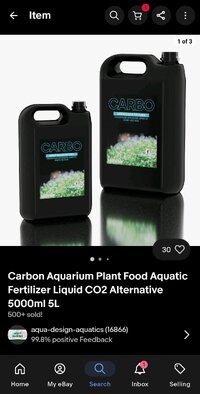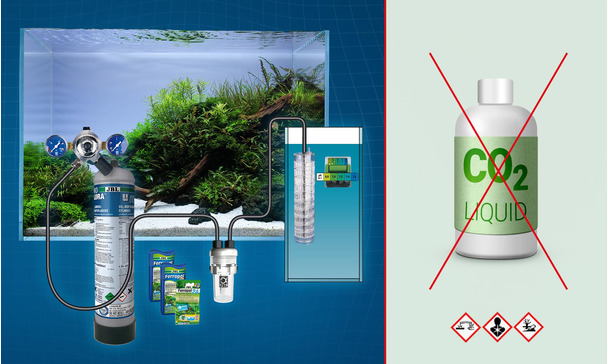Has anyone got any feedback on this product from "Aqua design" I usually look at the % of glutaraldehyde in a product I'm buying, as nothing was stated on the label or website, I emailed the company asking for some basic information, I.e the glutaraldehyde percentage used in their product. Unfortunately they weren't willing to disclose the % claiming their formula is a secret which has raised doubts on the effectiveness of their product.
Anyone that's actually used this and has some feedback, I'd really appreciate it, thank you in advance.
You really need to know the % glut or it is nigh impossible to dose correctly.
Never found the "recommended dose" for "CO2 replacement" to be near strong enough.
Do you have anything equivalent to this over here?
MetriCide 14 Day Sterilizing and Disinfecting Solution from HealthyKin.com is a 2.6% buffered glutaraldehyde that can be used and reused as a sterilant and high-level disinfectant on immersible, lensed and delicate instruments for up to 14 days.

www.healthykin.com
Comes with an activator which you DO NOT use. There is a Metricide "25" (? close) that contains a surfactant (eg soap) which you don't want.
Glut dosing can be a bit tricky due to some plants not tolerating it well. Vals in particular though some say one can acclimate them. mostly they just melt though.
Also some fish like Discus and trout hachlings may have issues at the higher levels .
Seachem Excel has reformulated their concentration to now be equiv. to Met 14 which makes things easier.
As you can see though at $14/gal it is a lot cheaper than Excel.
Yes there is still the "discussion" as to is this glut = to that glut.
Typical algae effective doses can go up to at least 1ml/gallon. Some have used a lot more.
Not done every day for forever btw.
For my 40 I'd do 40ml every other day for a week. YMMV.
BBA really hates it.
Breaks down in water/light very fast.
Dennerles dose:
1-3 ml per 100 l aquarium water, per day
Or in my terms 1-3ml / 26.4 gallons !!!!!
I doubt if it a very effective algae-cide at that level, well my experience showed me it isn't.
At least not for me.
Yes " nobody" believes it can substitute for CO2.
In the fourth part of the series “The story of liquid CO2 fertilisation” we examine what we consider to be the most important aspect. The health of your animals but also of you, the aquarium owners is our number one priority.

www.jbl.de
As a general rule it is something that needs to be used with respect (if you search enough you will find a "thesis" on why not to use it ever...
and it is a patch till one can figure out what is out of balance causing the issue in the first place.




